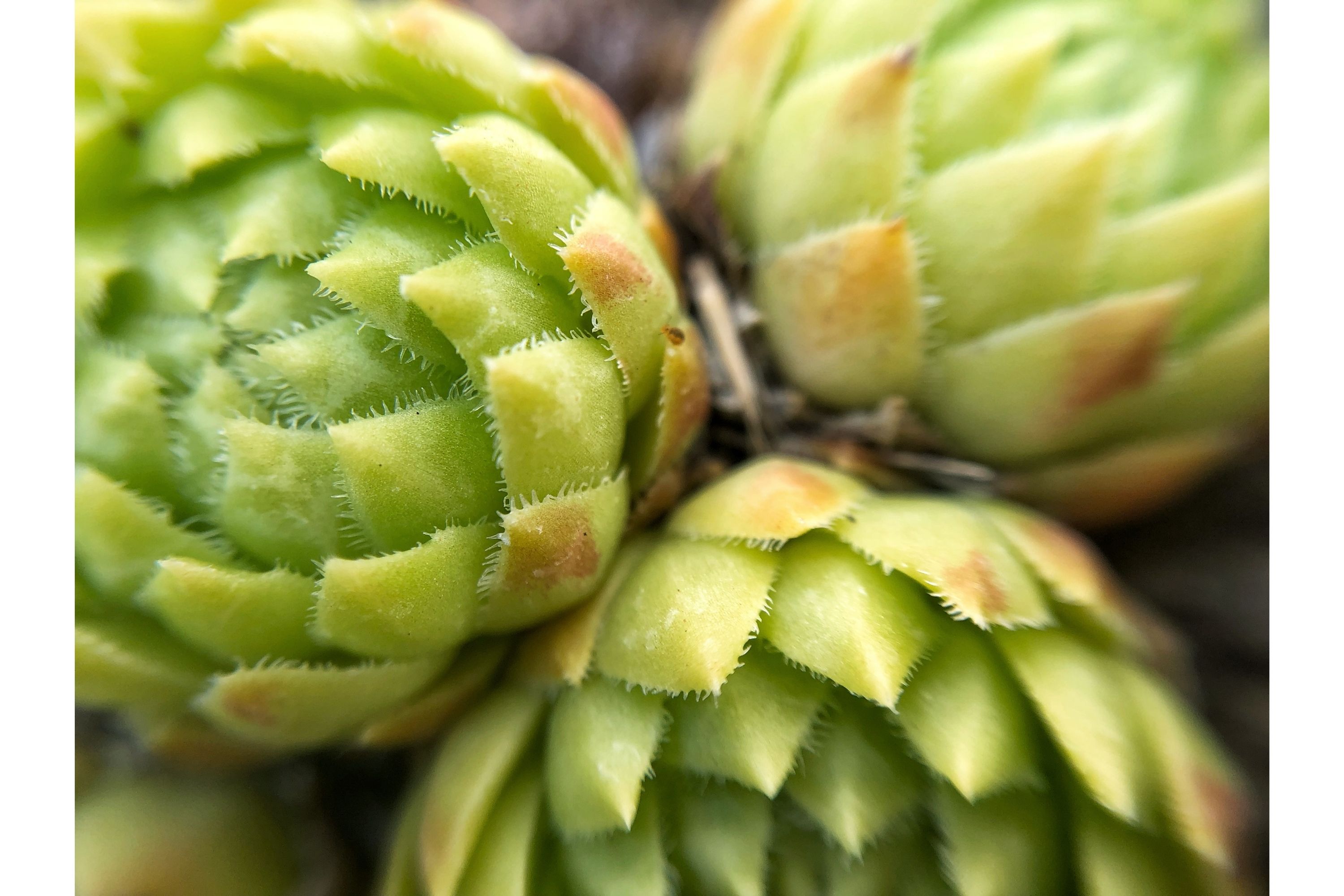Prometheum rechingeri
(Prometheum rechingeri)

Description
Rosularia is a small genus of the family Crassulaceae. It includes about 28-35 species from Europe, the Himalayas, and northern Africa. Rosularia was originally described by De Candolle (1828) as a section of the genus Umbilicus, and raised to the level of genus by Stapf (1923) Thus the genus bears the botanical authority (DC) Stapf of both authors. In 1930 Berger included it in family Crassulaceae subfamily Sedoideae, as one of 9 genera. He further divided it into two sections (Eu-Rosularia and Ornithogalopsis) and further series, transferring some species of Sedum to it. Since then a number of species have been transferred in and out of the genus, including S. sempervivoides, which at one stage was placed in Prometheum. The genus Sempervivella was submerged in Rosularia. The genus is now placed within the Leucosedum clade, tribe Sedeae, subfamily Sempervivoideae of the Crassulaceae, but is embedded within Sedum paraphyletically. Rosularia is found in arid and semi-arid regions from N. Africa (Morocco, Ethiopia), through the eastern Mediterranean to Central Asia (north of Tien Shan and east of W Himalaya), including Pakistan. Rosularia is an important larval host for the Central Asian butterfly Parnassius apollonius. A number of species are cultivated as ornamental garden plants, and have been used in traditional medicine.
Taxonomic tree:







